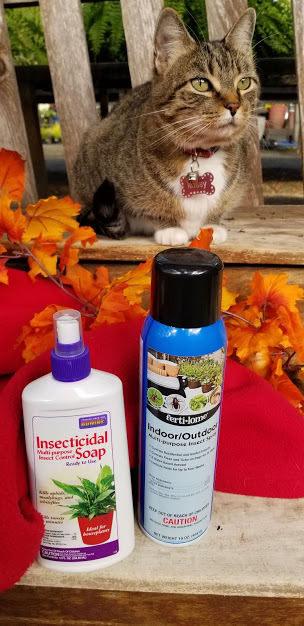Fall is one of my favorite times of the year. I love my new winter fur coat that helps me stay warm as the temperatures start to fall, especially at night. Some locations in Minnesota have already had frost warnings, but what about my plant friends, they don’t have fur to stay warm? I’ve heard my humans here at Otten Bros. talking to customers about how to transition plants that can’t survive outside in the winter. They call it “overwintering” tender plants. They have the plan, and the purrfect products to help you be successful with this process.
Follow these simple steps and we can all enjoy healthy green plants in the cold and white of the winter months.
- Transition gradually: Spend about 2 weeks acclimating plants to the lower light levels indoors. Move them to a shady spot outside before moving them indoors.
- Keep only healthy plants: Never bring in a struggling plant or one with pests or disease.
- Be realistic about space and available light. You can always start cuttings that take up much less space.
- Eliminate pests: Organic option: Gently spray plants and container with water. When dry, spray leaves (tops and bottoms) and stems with Bonide Insecticidal Soap. Another easy alternative is to use Fertilome’s Indoor/Outdoor Multi- purpose Insect Spray. Although it is not organic, it is safe and kills a broad range of insects.
- Clean pots: Scrub the outsides of pots and drainage trays. Pay close attention to underneath the rim where hitchhikers like to hide.
- Shape up: When you bring your plants inside, you can cut them back slightly; this helps control size and encourages new growth that will be better adapted to life indoors. Remove any dead or diseased growth.
- Quarantine: Keep a close eye on your plants, and keep them away from other indoor plants until you’re sure they’re healthy.
- Reduce watering: Reduce watering sometimes to half of what you would outside since your plants won’t dry out as quickly as they did outside. Purchase and use a moisture meter if unsure as to when to water.
- Lower feeding: Reduce fertilizing, and stop feeding completely when plants go dormant (stop putting out new growth). Resume fertilizing when you see new growth again in the spring.
- Expect fallout: Don’t be surprised if your plants probably drop a few leaves as they adjust to less light, and their growth slows or stops over winter.
Fall is busy time of year getting ready for winter. Otten Bros. is always here to help, with knowledgeable staff and the best products around…and of course there’s me!






